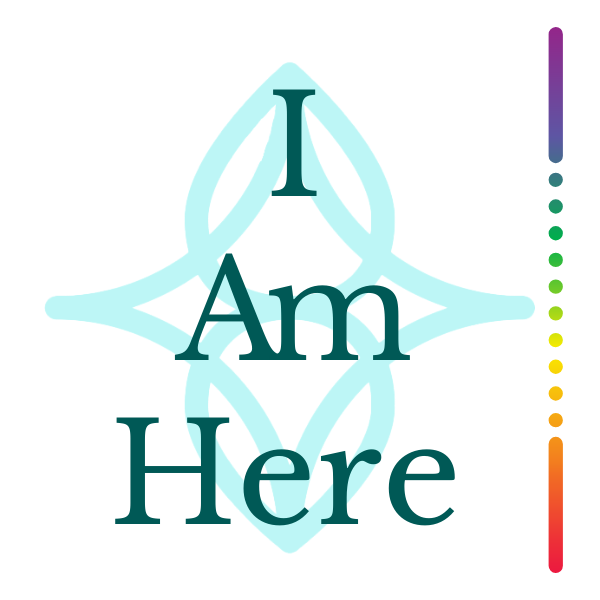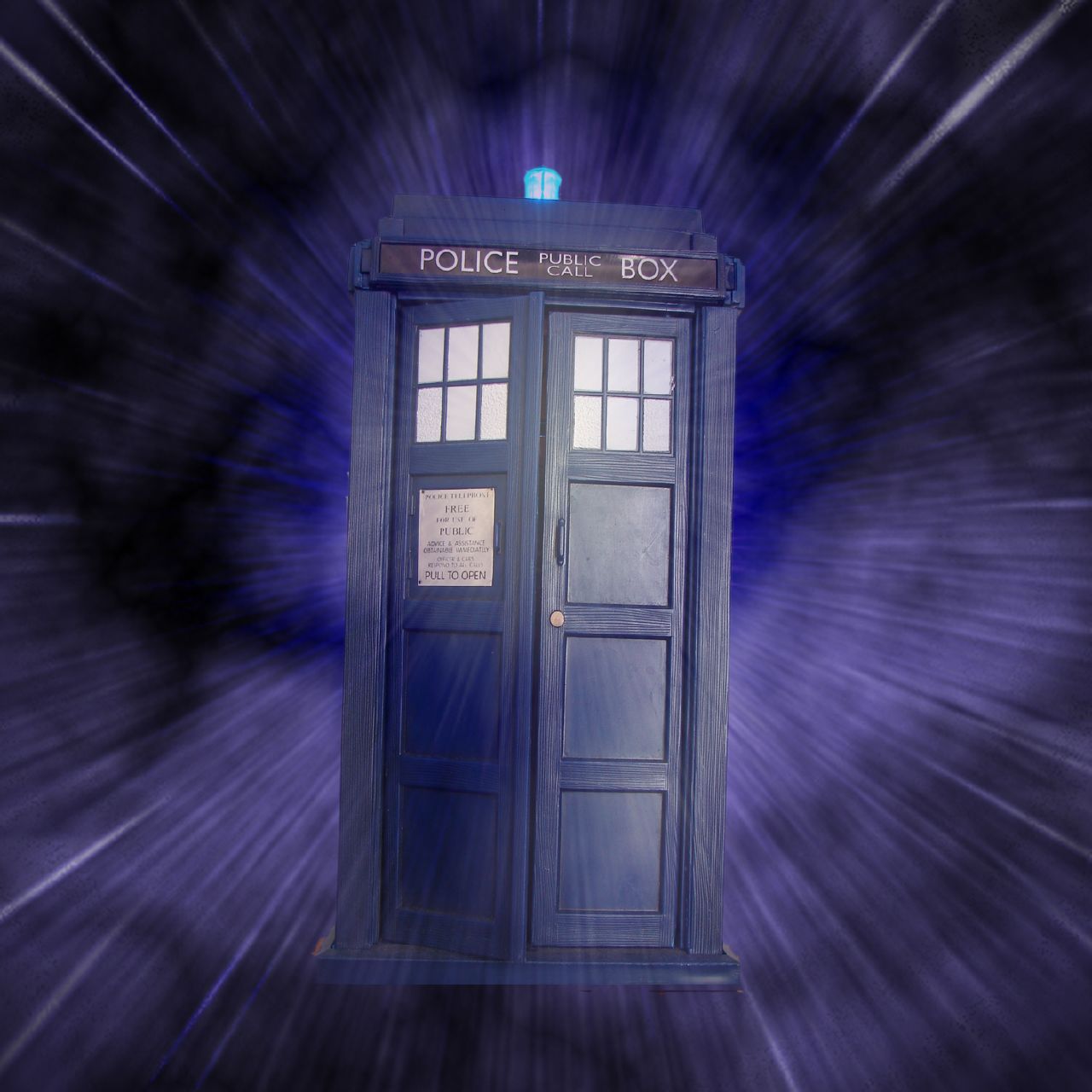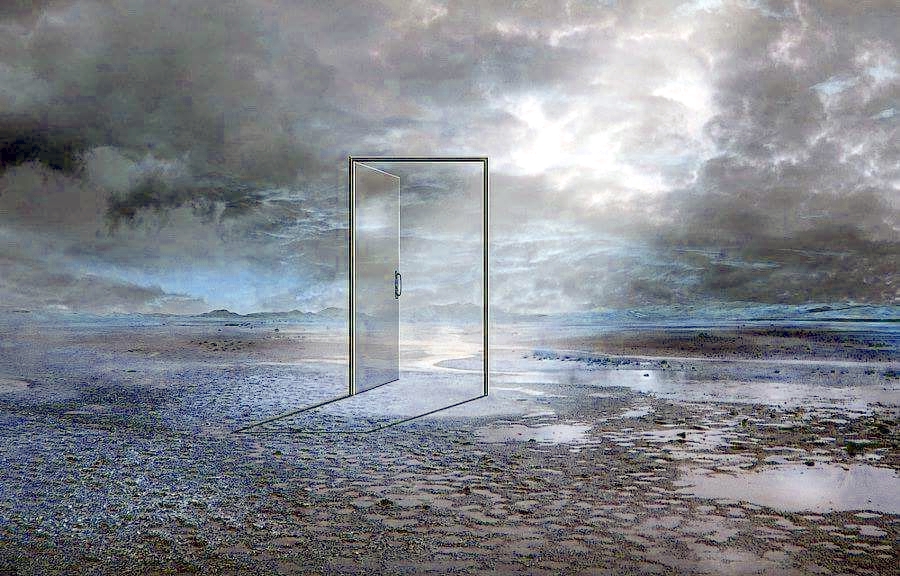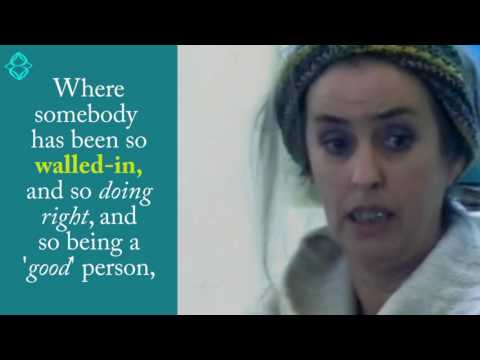We might be programmed to believe that inside ourselves there’s a limited space, and outside of ourselves there is infinity, but is this really true? Can any ‘thing’ touched by our consciousness ever be ‘outside’ of consciousness? By allowing ourselves all the time and all the freedom to move through space, it can become clear that the border where the inner world ends and outer world begins is all ways an illusion. Here, we take a short look at the psychospirituality of inner and outer worlds, and the birthright freedom to be able to dance through different points of view. Yes. Like the Tardis from Dr. Who, we really are bigger on the inside than on the outside.
The belief in a separate self utterly depends on a partition between inner and outer worlds. This partition is reflected in the construction of both language and thought processes. The “I” and the “Me” is everything from the partition inwards. The “other”, the “you” or “the world” begins where the partition of the private self ends.
At the same time, all forms of receptivity (sensory perception, learning, nurture), depend on entrance through this partition between inner and outer space. Equally, all activity or expression depends on moving over the borders of the private self. We ‘take in’ the outer world and we express into it.
Idris: Are all people like this?
The Doctor: Like what?
Idris: So much bigger on the inside.
Beyond this constant flow of traffic through the interconnectivity of all forms, the borders of the private self, as defined by where inside ends and outside begins, are highly volatile. This is because we are programmed to grasp towards what’s attractive and that which we seek to make ‘ours’ from the outer world, claiming it as part of the ‘inner’; while simultaneously pushing away that which we don’t want to identify with or feel, making it ‘outer’.
When we allow that every form has its shadow, then we can also understand that this can mean the formation of an outer world inside ourselves. Self-disgust (rather than the direct experience of shame), self-accusation (rather than the experience of guilt); and self-rejection are examples of the internalization of the inner-outer split. This inner, estranged ‘self’, causes a tremendous amount of suffering as in addition to the inner suffering of division and conflict, the whole war is separated from the resources of the standard “outer” world. There is isolation within isolation, inner abandonment or betrayal within the apparently objective context of outer abandonment or betrayal. The psyche is imploding on itself. The battlefield is the body; the weapons are the emotions of the psyche; and the opposing governments at war strategize from polarized bomb-shelters of the mind.
The culmination of this is in suicidal thoughts and tendencies. “I want to kill myself.” Who is killing who? It is the last call of despair to externalize the self, to make it ‘other’, to get free of the accumulation of all the unwanted parts of the psyche. In suicide, unity is sought through which psychic polarization between perpetrator and victim, action and reception, or inner and outer, seek resolution through physical destruction.
When we journey all the way inside, letting everything that is experienced and everything that is thought be seen as other to that which can see, then it can be increasingly possible to rest as the awareness that is aware of every conflict or psychic split. This awareness can easily contain psychic opposites, as without awareness, they have no possibility of being. Even before the localized here dissolves in this field of shared awareness, however, any point of view or inner location from which to observe the conflict between parts of the psyche is advantageous. When we are aware of two opposing parts of ourselves, a third aspect at a more authentic layer is already emerging. The art of nondual therapy is to affirm that third position – a position behind and beyond the conflict. For a while, this third person can be embodied by the therapist themselves as they present in the inner world of the client. The third position behind the competing poles of duality relativizes and deflates the contractual hold of the energetic conflict and allows an overview which is both liberating and empowering. The shared experience of client and therapist can be like a unified old soul watching two beloved children fighting and competing within the limited field of an inner world. Like every parent, the reflex will be to breath peace and harmony into the energetic war. The fuel of the fight – the psychology of annihilation – never was the ground through which we exist.
Within the wider ‘Here’ of awareness – the terrain in which every conflict occurs – inner war subsides to the wisdom of the interdependency of all things; competition evolves as collaboration and the well-being of the whole system naturally becomes the compass of form.
The ultimate inside – that which is at source of consciousness and perception – is integral and at source to every moment of experience. The very nature of the split between inner and outer and the sense of confinement within the ‘inner’ world can be released when a realization emerges that everything is inside, and that ‘here’ is simultaneously everywhere and nowhere.




